Chimney caps and dampers are small, often‑overlooked components that make a huge difference in fireplace safety, efficiency, and comfort.
Excellent Reviews
Based on ~500 reviews
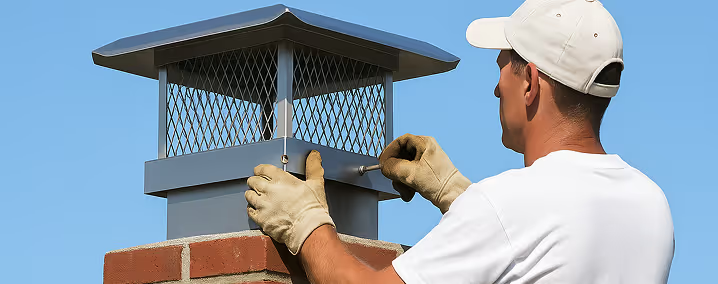
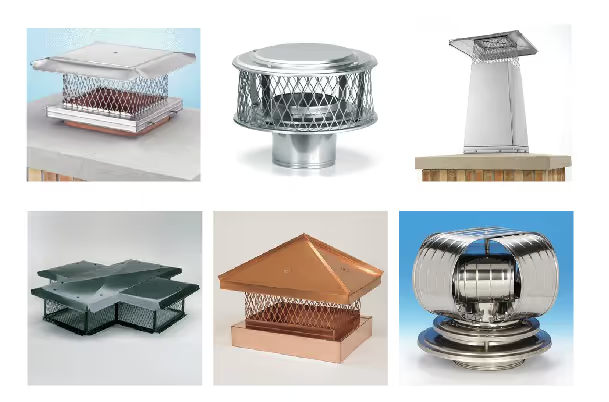
A cap sits on top of the flue to block rain, animals, and sparks, while a damper seals the flue when the fireplace is not in use. Together they keep weather, drafts, and energy loss in check saving you money and preventing costly damage.

A chimney cap is a metal cover (usually stainless steel, copper, or galvanized steel) that fits over the flue opening. Most caps include a wire‑mesh screen to block sparks and pests while allowing smoke to vent freely.



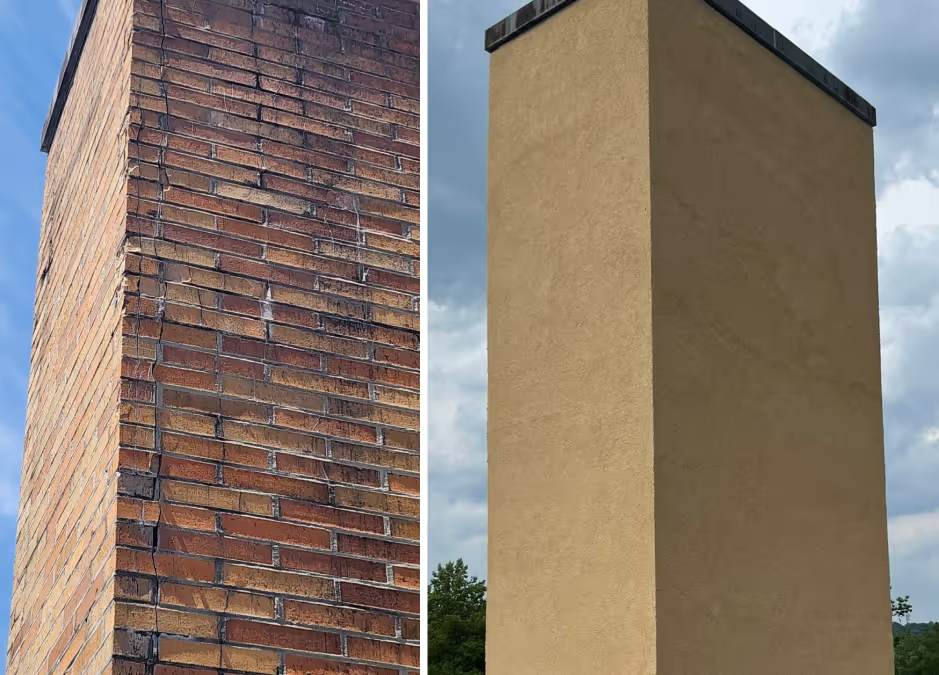


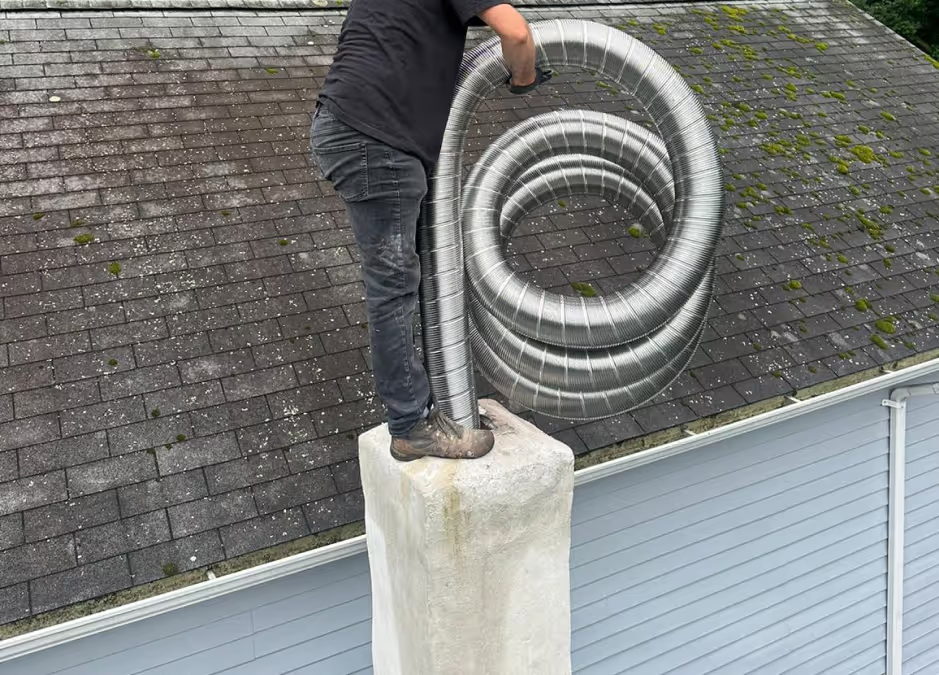
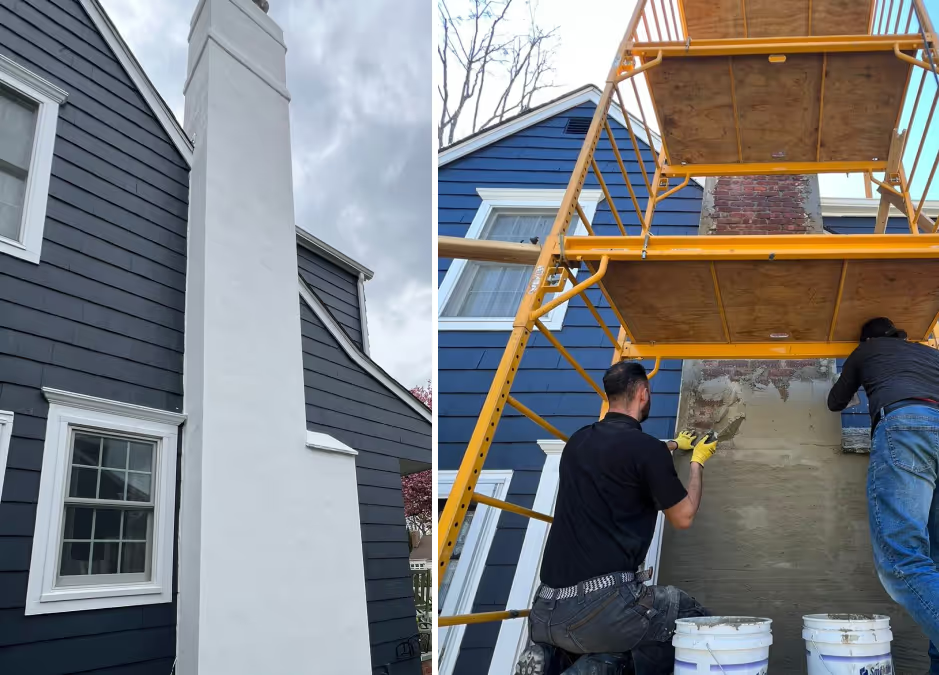
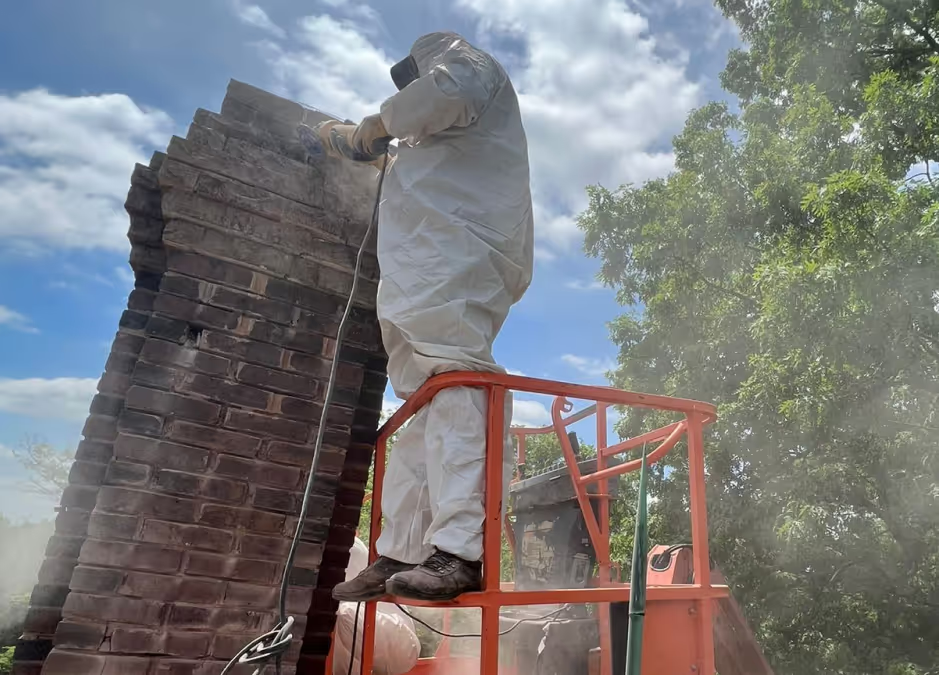

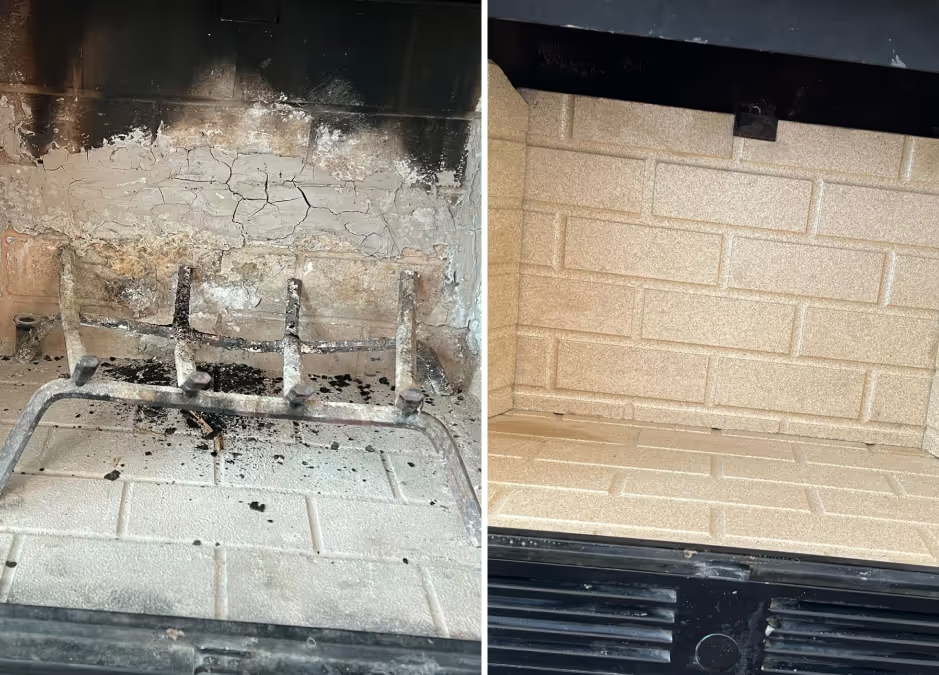
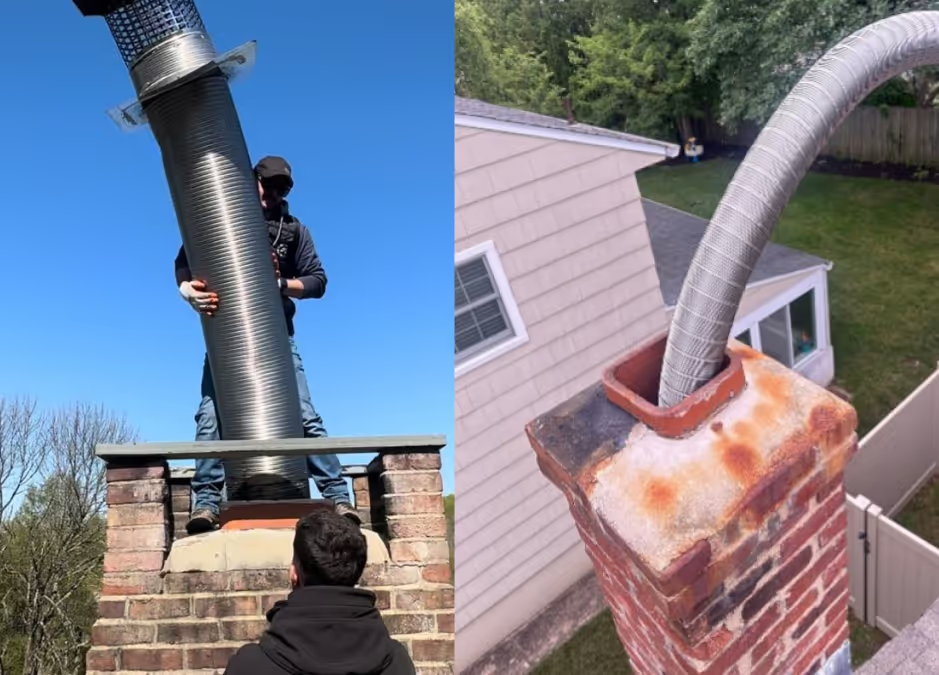
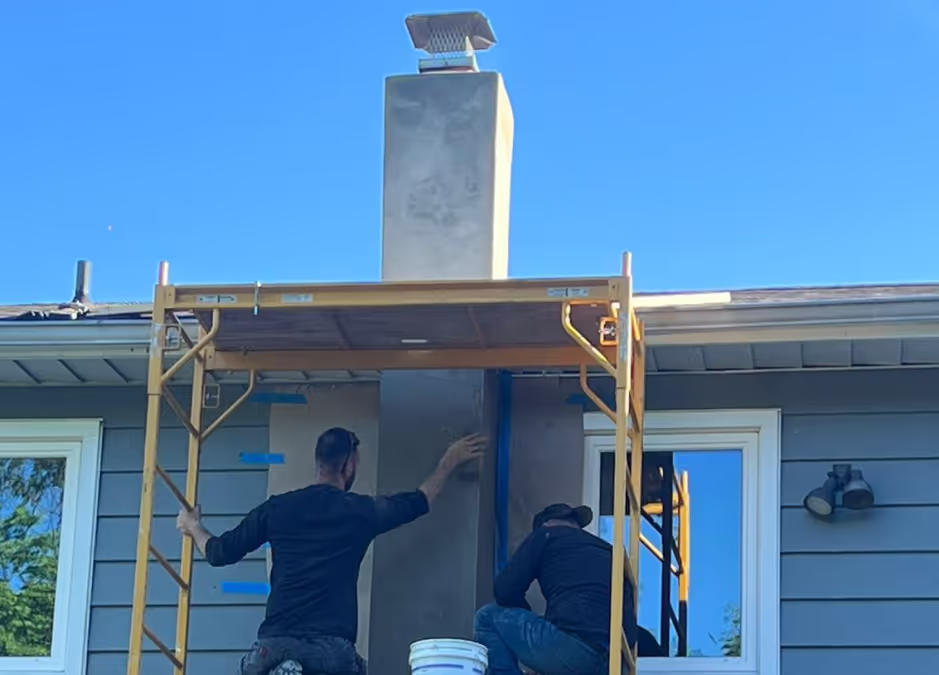
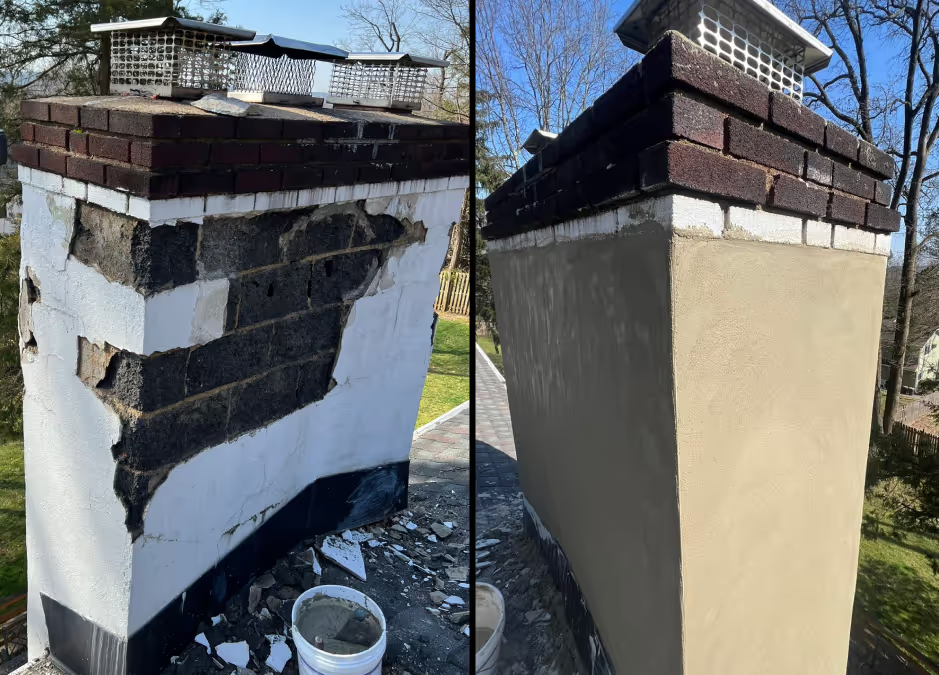

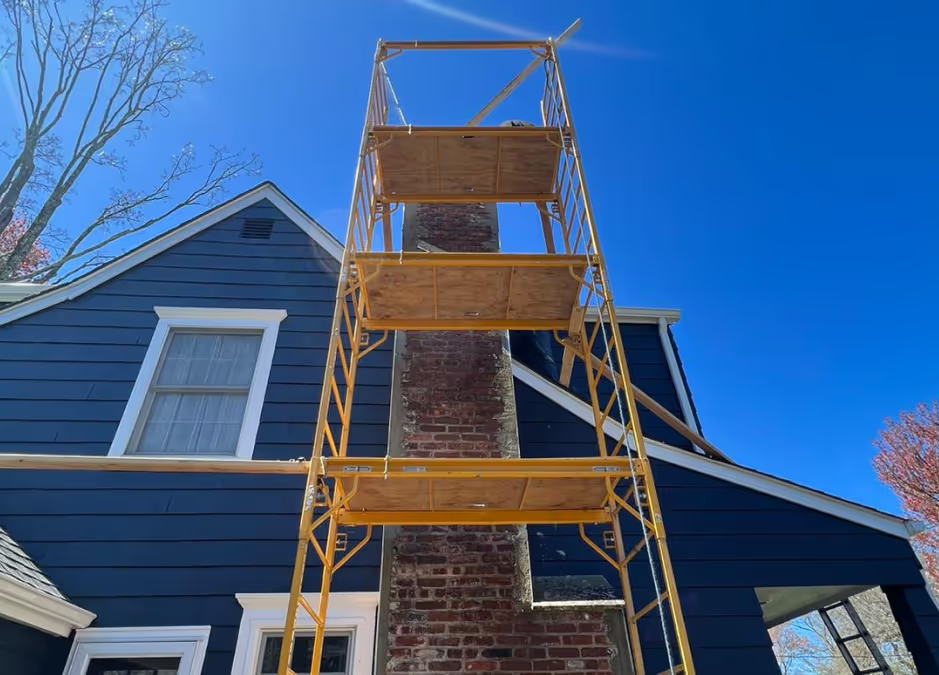

The damper is the “door” inside the chimney that you open for a fire and close afterward. Older fireplaces have a throat damper just above the firebox; modern upgrades use a top‑sealing damper mounted at the chimney crown for a tighter seal.
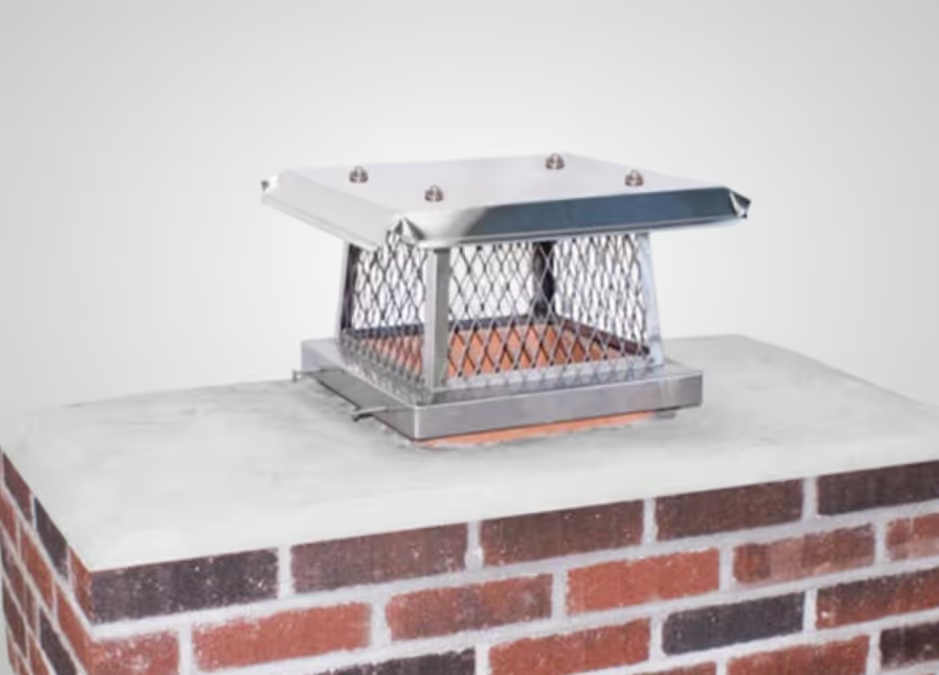
Although both devices sit in or on the chimney, they serve different roles and work best together. The cap protects from weather and wildlife; the damper seals airflow when the fireplace is idle.

Routine checks keep these parts working reliably and extend their service life.
Yes—caps block weather and wildlife, while top‑sealing dampers provide an airtight seal for energy savings.
A properly sized cap with a full‑coverage lid significantly reduces rain noise and splashing inside the flue.
Stainless steel and copper caps can last 20–30 years or more; galvanized steel may need replacement in 5–10 years.
Top‑sealing dampers require rooftop work and precise chimney crown drilling professional installation is strongly recommended.
Creosote buildup, warped metal, or a worn cable can cause stiffness; a sweep can clean or replace the faulty parts.